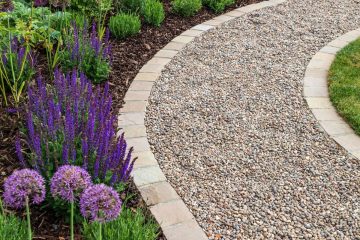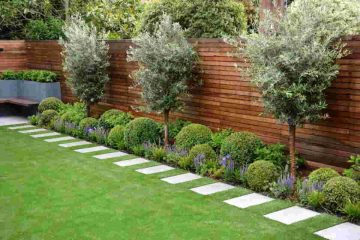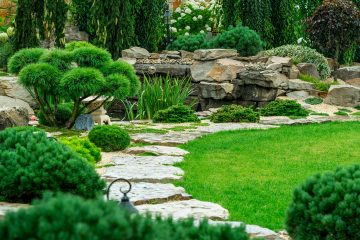Every project that requires a degree of creativity will follow a set of well-founded principles, and that is certainly the case when landscape designers design a landscaped garden.
According to landscape designers intreeglandscapes.com.au, if that garden happens to be yours, then it will be useful for you to know what those principles are, given that it may help you in your discussions with your landscape architect when trying to agree upon the final design.
As such here are ten of the most important landscape design principles.
#1 – Allow The Existing Architecture To Influence The New Design
Even though the landscape design will be new, the house will still be present as will any other architecture, such as boundary walls. As such, it will make the landscape design seem even more cohesive and attuned to the entire property if the current architecture is used to inform it.
#2 – Proportion Should Have The Human Body As Its Basis
When considering the dimensions of features such as composite decking within the design you need a benchmark for proportions. The most logical is to use the size of a human body. The reason is simple in that it is humans who will be using the garden.
#3 – Create The Right Balance Of Aesthetics And Practicality
They are two dangers when creating a landscape design. The first is aesthetics are focused upon exclusively meaning the finished design is impractical and difficult to use. Conversely, having a functional garden that looks drab is not wanted either. The answer, balance both the functions and the appearance within the design.
#4 – Do Not Be Afraid To Have A Mass Of The Same Plant
Some landscape designs utilise dozens of different plants and there is nothing wrong with that if it looks right. However, there is also nothing wrong with including specific plants in multiple places or having a single mass of it in part of the garden, especially if it is a plant you like.
#5 – Safety And Security Are Paramount
No matter what features and foliage are to be included in a landscape design, all of it must be safe. This should be taken a stage further if young children or pets will be using the garden by ensuring the boundaries of the garden are secure.
#6 – Take Account Of The Local Climate
When selecting the plants to include in the landscape design, it makes sense to have plants suited to the local climate. For example, there is little point in having plants that require lots of moisture in a garden located in an area that gets little rain.
#7 – The Landscaped Garden Must Have A Focal Point
This is one of the core principles of landscape design. Each landscaped garden should have a focal point within it, and this will differ from garden to garden. Examples of focal points are the lawn, a pond, a seated area, a patio, a tree, a garden ornament, and a fountain.
#8 – Aim For Symmetry Where Possible
Having some symmetry within a landscaped design can make the entire garden look magnificent. The key is to find the right balance because, if you go too far and make everything a mirror image of the other side, it will not look natural.
#9 – Keep Environmental Protection In Mind
Hopefully, you care about the environment. As such there are lots of ways of ensuring that you end up with a landscape design that is environmentally friendly to the degree you request of your landscape architects.
#10 – Small Spaces Require An Eye-Catching Feature
If the area being designed is extremely small, a shrewd landscape design principle to follow is to have a bold feature within the design that becomes the talking point of the garden. This will deflect attention from the small size more than having lots of small items which simply draws attention to that fact.


